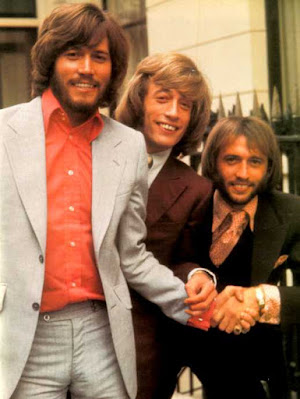I see you every morning
Outside the restaurants
The music plays so nonchalant
Twenty-five years ago, I was a busy lawyer and had four kids living at home. My life was busy and somewhat complicated.
But now that I’m retired and my kids are grown up and living on their own, things should be a lot simpler. But I’ve worked hard to keep my life busy and complicated!
One way I’ve accomplished that is by applying for a lot of credit cards in an effort to take advantage of the dizzying array of discounts and other benefits that different credit cards offer these days.
* * * * *
Twenty-five years ago, I was good with a couple of Visas or Mastercards. I didn’t have to pay attention to how much interest the different cards charged because I paid my balances in full every month – which meant the interest rate was irrelevant.
Then the airlines began to push their branded credit cards by offering you a ridiculous number of miles to sign up. I remember when Southwest Airlines used to have a couple of people manning a kiosk at BWI airport. “Would you like 60,000 free miles and a T-shirt?” they would say as you walked by on your way to your departure gate. “All you have to do is apply for our no-fee credit card.”
 |
At one point, I had credit cards from Southwest, American, United and US Air. I did a lot of flying in those days, and you got miles not only for flying, but also if you used the card to pay for your hotel and rental car. But the key was the free miles you got just for signing up – usually enough miles for a round trip on that airline.
Eventually you had to start paying a fee to have the card. The first year would be free, but after that the card might cost $99 a year. I usually cancelled the card at that point.
I figured out that you could cancel, wait a couple of years, and then reapply for airline-branded credit cards – you’d get the free miles again, and the cards were free for the first year.
It turns out that I never had to truly cancel my American Airlines card. That’s because when you called up to cancel at the end of the year – when they were about to hit you with the $99 fee – they would bend over backwards to talk you out of cancelling. “Sir, would you keep the card if we offered you a $100 statement credit next month?” the rep would ask me.
 |
“Let me get this straight,” I would answer. “I pay the $99 fee now, and you’ll credit me $100 against my balance next month?”
This seemed unnecessarily complicated. Why didn’t they just waive the fee?
In any event, I went through this little dance with whatever bank issued the American Airlines credit card every year, just like clockwork.
* * * * *
Eventually banks started to offer credit cards that rebated 1% of the amount you charged on the card.
In other words, if you charged $2500 in a given month, the card issuer would reduce your balance due by $25 – or even mail you a check for $25.
I picked up a couple of those cards – 1% isn’t a lot, but every little bit helps, especially when you use your credit card for just about all your purchases. (“Cash”? What’s that?)
 |
Then several years ago, a large bank started offering a “double cash” Mastercard that rebated 2% of your purchase amount back to you.
You best believe that got my attention. I applied for that card toot sweet, and started using it almost exclusively.
* * * * *
I say “almost exclusively” because I also had several niche credit cards that offered me more than a 2% discount on certain purchases.
I’ll tell you about them in the next 2 or 3 lines.
* * * * *
Here’s how one critic described the Bee Gees’ 1970 hit, “Lonely Days”:
The song incorporated the innovative structure and knack for changing tempos exemplified by the second side of The Beatles’ Abbey Road album, released the previous year and a clear influence on this single.
 |
| The Bee Gees circa 1970 |
I don’t know about that. But I do know that “Lonely Days” consists of two brief verses plus a chorus that consists of the following two-line catchphrase (which is repeated mucho times):
Lonely days, lonely nights
Where would I be without my woman?
The Gibbs boys obviously learned a lot from Sir Paul McCartney, who was the master of bolting together verses and choruses that sound like they belonged in two different songs and then using repetition in order to make a three-minute hit single from a ninety-second songlet.
Click here to listen to “Lonely Days.”
Click here to order the record from Amazon.



No comments:
Post a Comment